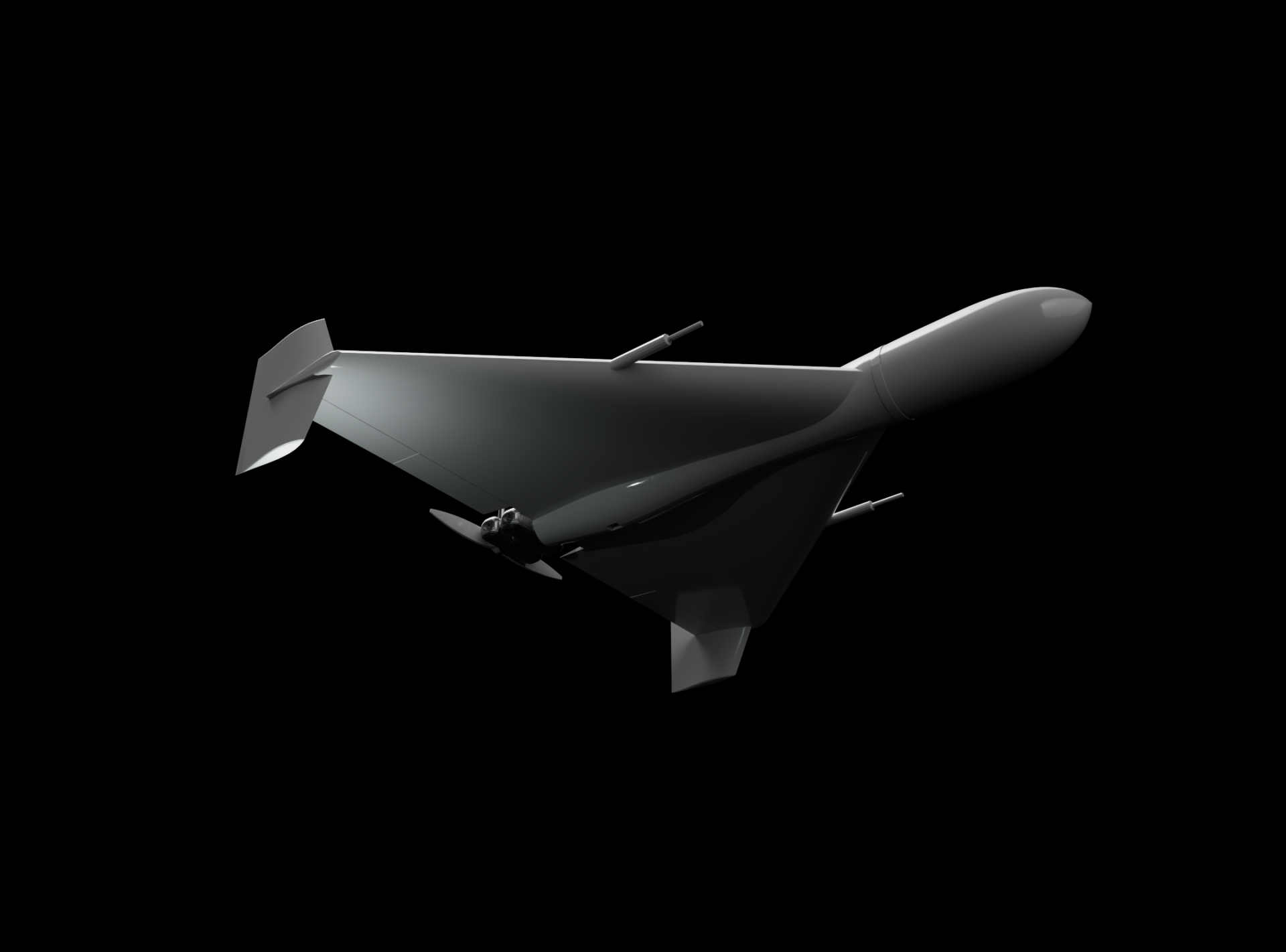
While the focus has been on first person view drones, long-range low-cost drones like the Shahed continue to cause widespread destruction. ⬇️
Using lessons learned in combat, Russia has evolved Iran’s Shahed into a domestically manufactured Geran-2. Russia has scaled manufacturing of the Geran-2 and is waging what Center for Strategic and International Studies (CSIS) terms ‘Drone Saturation’:
“Russia’s drone campaign utilizes inexpensive Shahed drones to saturate Ukrainian air defenses and erode civilian morale through persistent nightly attacks. Originally Iranian made, these drones are now mass produced in Russia using Western electronics and essential Chinese components.”
Tactics such as including foam decoys along with waves of Geran 2’s in long range strikes further impose cost as Ukraine responds with more expensive air and missile defence systems. Often the first wave of drones is used simply to empty magazines before more expensive missiles are launched at high priority targets. As the Australian Broadcasting Corporation (ABC) reports:
“Huge swarms of cheap foam decoy drones were also being used alongside Shaheds in mass attacks. Powerful missiles often follow close behind as air defences are exhausted by the drones. One of the main models being spotted in the battlefield is Russia’s long-range Gerbera drone, which is made from cheap materials such as polystyrene foam and plywood.It is similar in shape but slightly smaller than the Shahed-136, and almost indistinguishable on radars.”
In Ukraine, brutal battlefield economics are slowly degrading the ability to sustain the fight, even if societal resilience is holding for now. The West needs to identify effective countermeasures to this autonomous attrition tactic utilised by combatants who are willing to accept terrible collateral damage to gain the tactical advantage. Center for Strategic and International Studies (CSIS) describes this cruel combat cost calculus:
“Even if the low-cost attack drones are easy to intercept, they force the defender to spend limited defense resources to intercept them. That is, the attacks impose costs not just on Kyiv’s leaders through popular pressure but also through attriting air defense assets. The net result is that Ukraine and its backers must find a way to change the cost calculus.”
The ability to scale manufacturing of the consumables of combat can enable autonomous attrition, allowing the attacked to gain an advantage whether the strike reaches the target or not. Brutal battlefield economics will degrade a nation’s ability to sustain the fight unless cost effective countermeasures are developed. Whether it be Ukraine itself or another Western nation, innovation will be the key to combating drone saturation.
Food for thought!
🖼️ via United24 media, links to the ABC and CSIS articles in the comments.
